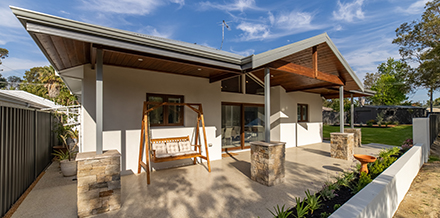The Albanese Government should encourage timber homes being built under the $10 billion Housing Australia Future Fund to fast track our net zero commitments and help Australia fight climate change, according to Acting Chief Executive Officer of the Australian Forest Products Association Natasa Sikman. Source: Timberbiz
As Australia’s population grows, to an estimated 31 million in 2030, even more buildings will be needed. Using timber under the HAFF can solve the housing crisis and reduce Australia’s emissions budget.
“We congratulate the Albanese Government securing Greens support on delivery of this landmark policy and with its $10 billion price tag the Government should be considering how to address numerous policy challenges through its delivery. Using Australian grown and manufactured timber in the construction of new homes under the scheme can boost local industry, help the country meet its net zero targets and refocus the need to plant and grow more timber trees to boost future supply,” Ms Sikman said.
AFPA is also calling for specific policies to increase detached housing alongside ways to drive medium and high-density options. The Government should consider measures to help increase supply to help first home buyers and essential workers access the detached market, while the construction and supply materials industry, including timber, also needs confidence to grow a steady supply of new dwellings.
“The typical timber house frame absorbs 9.5 tonnes of CO2 from the atmosphere, or the equivalent of offsetting the emissions of four petrol powered cars off Australia’s roads for a whole year. When you include other timber and wood furnishings like floors and decks and furniture items, the figure can grow to 25 tonnes of CO2,” Ms Sikman said.
The construction, operation and maintenance of buildings accounts for almost a quarter of greenhouse gas emissions in Australia. As Australia’s population grows, to an estimated 31 million in 2030, even more buildings will be needed. With the recent National Cabinet target to build 1.2 million new homes over five years under the National Housing Accord this could mean 30 million tonnes of stored carbon in the next five years.
“Timber is the ultimate renewable product and for such a large policy as the HAFF, the Albanese Government should be considering the carbon benefits of the materials being used to build new homes, not just the finished product, in terms of overall benefits to our society,” Ms Sikman said.






